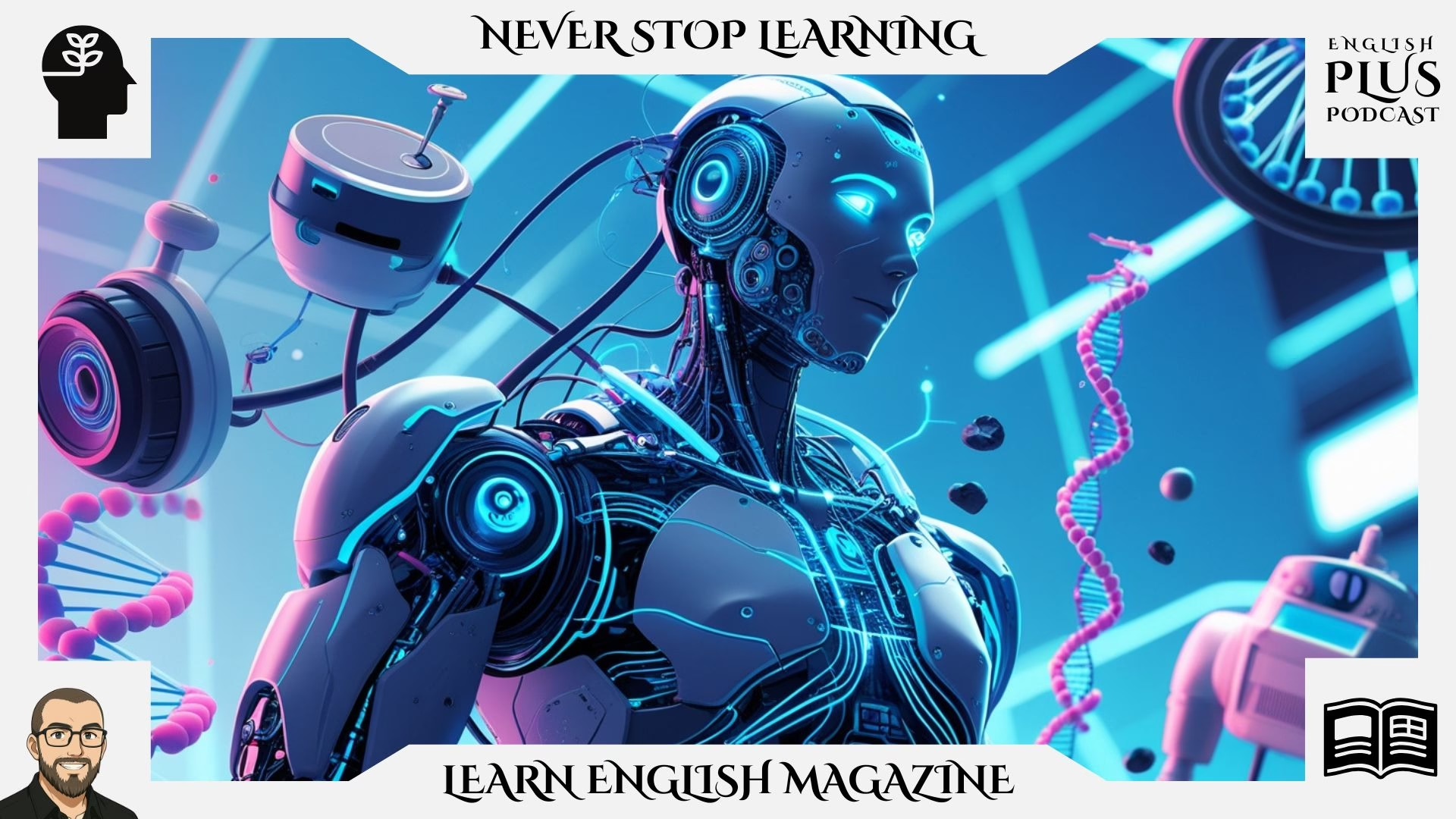Welcome! Reading sections in international English exams test your ability to understand academic texts quickly and accurately. They assess skills like finding main ideas, understanding details, inferring meaning, and comprehending vocabulary in context. Success requires not just understanding English, but also using effective reading strategies under time pressure.
Top Reading Strategies for Your Exams:
- Preview the Text: Before diving in, quickly read the title, headings (if any), the first paragraph, and the last paragraph. This gives you a general sense of the topic and structure.
- Identify Main Ideas: As you read each paragraph, try to pinpoint the central point the author is making. This helps you follow the overall argument.
- Understand Relationships: Pay attention to transition words and phrases (e.g., however, therefore, in contrast, similarly) that signal relationships between ideas (contrast, cause-effect, addition).
- Vocabulary in Context: When you encounter an unfamiliar word, use the surrounding sentences to infer its meaning. Exam questions often test this skill directly.
- Distinguish Fact from Opinion: Be aware of whether the author is presenting factual information or expressing an opinion or interpretation (look for qualifying words or subjective language).
- Time Yourself: Practice reading passages and answering questions within a set time limit to get used to exam pacing.
Time Management Practice: For this passage on AI in Healthcare and the 10 questions, try to complete everything in approximately 16-19 minutes.
Now, read the following passage.
Reading Passage: Artificial Intelligence in Healthcare
Artificial intelligence (AI) is rapidly transforming numerous sectors, and healthcare is arguably one area where its potential impact is most profound and promising. From diagnostics and drug discovery to personalized treatment plans and administrative efficiency, AI applications are poised to revolutionize how medical professionals work and how patients experience care. While the integration of AI heralds significant advancements, it simultaneously raises critical ethical, regulatory, and practical considerations that must be carefully navigated.
One of the most significant contributions of AI in healthcare lies in diagnostics. Machine learning algorithms, particularly deep learning models, can analyze medical images – such as X-rays, CT scans, and MRIs – with remarkable speed and often, accuracy that rivals or even surpasses human radiologists in specific tasks like identifying cancerous tumors or signs of diabetic retinopathy. By processing vast datasets of images, these AI systems can detect subtle patterns imperceptible to the human eye, potentially leading to earlier diagnoses and improved patient outcomes. Furthermore, AI can assist pathologists in analyzing tissue samples, accelerating the diagnostic process and reducing the potential for human error.
AI is also accelerating the notoriously complex and expensive process of drug discovery and development. Machine learning algorithms can analyze massive biological and chemical datasets to identify potential drug candidates, predict their efficacy and potential side effects, and optimize clinical trial design. By simulating molecular interactions and predicting patient responses to different compounds, AI can significantly reduce the time and cost involved in bringing new therapies to market. This capability is crucial for tackling both common ailments and rare diseases for which traditional research methods are often prohibitively slow and resource-intensive.
Beyond diagnostics and drug development, AI facilitates the creation of highly personalized treatment plans. By analyzing a patient’s genetic information, medical history, lifestyle factors, and real-time data from wearable sensors, AI algorithms can help clinicians predict disease risk and tailor interventions to individual needs. This contrasts with traditional ‘one-size-fits-all’ approaches, paving the way for precision medicine where treatments are optimized for each unique patient profile. AI-powered virtual assistants and chatbots can also provide patients with personalized health information, medication reminders, and support for managing chronic conditions, enhancing patient engagement and adherence to treatment protocols.
Administrative tasks, which consume a significant portion of healthcare professionals’ time, represent another area ripe for AI-driven efficiency gains. AI can automate tasks like scheduling appointments, managing medical records, processing insurance claims, and transcribing clinical notes. This automation frees up clinicians to spend more time on direct patient care, potentially reducing burnout and improving the overall quality of care delivery. Optimizing hospital workflows and resource allocation are other administrative domains where AI can contribute significantly.
Despite the immense potential, the deployment of AI in healthcare is fraught with challenges. Ensuring data privacy and security is paramount, given the sensitive nature of medical information. Bias in the algorithms, often stemming from unrepresentative training data, could perpetuate or even exacerbate health disparities among different demographic groups. Transparency and explainability of AI decisions – the so-called “black box” problem – are crucial for building trust among clinicians and patients, particularly when AI recommendations influence critical treatment choices. Establishing clear regulatory frameworks and addressing liability issues when AI systems make errors are also essential prerequisites for widespread adoption. Furthermore, the integration of AI requires significant investment in infrastructure and training for healthcare professionals.
In conclusion, artificial intelligence holds transformative potential for virtually every facet of healthcare, promising earlier diagnoses, faster drug development, personalized treatments, and enhanced efficiency. However, realizing these benefits necessitates a proactive and cautious approach. Addressing ethical concerns, ensuring equity, establishing robust regulations, and fostering trust are as critical as developing the technology itself. The successful integration of AI into healthcare hinges on balancing innovation with responsibility.
Keywords and Phrases
- Profound: Definition: Very great or intense; having or showing great knowledge or insight. Usage in passage: “…potential impact is most profound and promising.” – Means the impact is very significant and deep.
- Heralds: Definition: Is a sign that (something) is about to happen. Usage in passage: “…integration of AI heralds significant advancements…” – Means the introduction of AI signals that major progress is coming.
- Rivals: Definition: Is comparable to; is as good as. Usage in passage: “…accuracy that rivals or even surpasses human radiologists…” – Means the AI’s accuracy is comparable to, or better than, human accuracy.
- Diabetic Retinopathy: Definition: A diabetes complication that affects eyes, caused by damage to the blood vessels of the light-sensitive tissue at the back of the eye (retina). Usage in passage: Used as a specific example of a condition AI can help detect in medical images.
- Prohibitively: Definition: To such a degree as to prevent something being done or acquired (often relating to cost). Usage in passage: “…traditional research methods are often prohibitively slow and resource-intensive.” – Means the traditional methods are so slow and costly that they practically prevent research in some cases.
- Precision Medicine: Definition: An approach to patient care that allows doctors to select treatments that are most likely to help patients based on a genetic understanding of their disease. Usage in passage: “…paving the way for precision medicine where treatments are optimized for each unique patient profile.” – Refers to tailoring medical treatment to individual characteristics.
- Adherence: Definition: Commitment or attachment to a plan, belief, or rule. Usage in passage: “…enhancing patient engagement and adherence to treatment protocols.” – Means helping patients stick to their prescribed treatment plans.
- Fraught with: Definition: Filled with or destined to result in (something undesirable). Usage in passage: “…deployment of AI in healthcare is fraught with challenges.” – Means implementing AI in healthcare involves many difficulties.
- Perpetuate: Definition: Make (something, typically an undesirable situation or an unfounded belief) continue indefinitely. Usage in passage: “…could perpetuate or even exacerbate health disparities…” – Means biased AI could make existing health inequalities continue or get worse.
- Exacerbate: Definition: Make (a problem, bad situation, or negative feeling) worse. Usage in passage: “…perpetuate or even exacerbate health disparities…” – Means biased AI could make existing health inequalities more severe.
- Prerequisites: Definition: Things that are required as a prior condition for something else to happen or exist. Usage in passage: “…essential prerequisites for widespread adoption.” – Means these things (regulations, liability clarity) must be in place before AI can be widely used.
- Facet: Definition: A particular aspect or feature of something. Usage in passage: “…potential for virtually every facet of healthcare…” – Means AI can potentially impact almost all parts or aspects of healthcare.











0 Comments